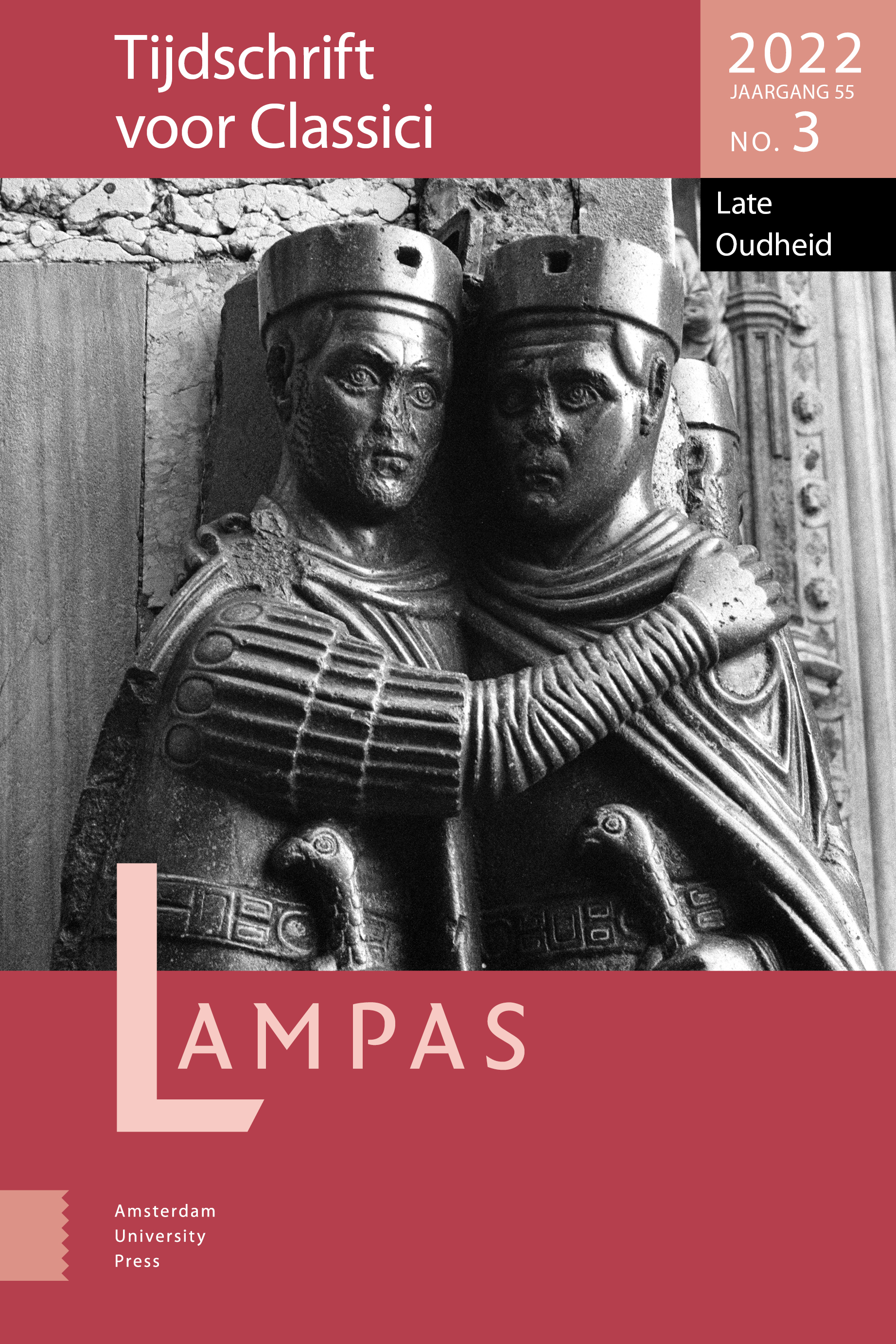-
oa Het verbleekte ideaal van de soldatenkeizer
Beeldvorming rond keizers als legerleiders, 395-461
- Amsterdam University Press
- Source: Lampas, Volume 55, Issue 3, Oct 2022, p. 244 - 265
-
- 01 Oct 2022
Abstract
With the rise of a mostly ceremonious palace emperorship in Late Antiquity, most emperors stopped leading armies in person and left the business of warfare in the hands of their generals. While this made the traditional ideal of the soldier emperor less important than it had been, we should not underestimate its enduring relevance as a cornerstone of imperial legitimacy in the eyes of influential interest groups. This article examines how five emperors from the late fourth and fifth centuries and from both halves of the Empire – Arcadius, Honorius, Theodosius II, Avitus and Majorian – continued to claim military prestige through panegyric, coinage, architecture and other media. Although only two of these rulers, Avitus and Majorian, were active as military commanders, the military representation of all five is characterized above all by similarities and continuity, while the failure of the first three to play an active military role prompted criticism from (at least some) Greco-Roman authors. Evidently, neither the complementary military prestige of generalissimos like Stilicho and Aëtius, nor the notion of imperial piety as a means to secure victory, could completely supplant long-established expectations that emperors should actively fight for their subjects.


